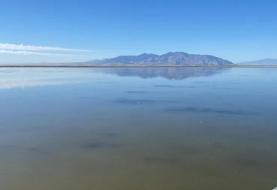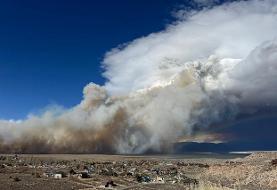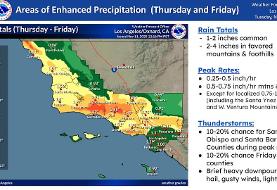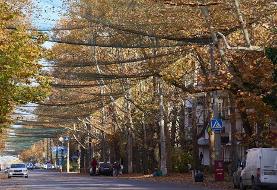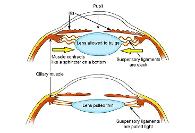Iran Must Import this Technology from China
While Iran and other countries like Yemen rely on Chinese weapons or industrial products, China's most valuable technical offering to countries like Iran and Yemen would be its 45 years of experience in building the "green Belt" or the "Great Green Wall" of China.
Similar to Iran, China hosts some of the world's largest deserts such as Taklimakan and Gobi. For years some 300 million of China's inhabitants have suffered from severe sand storms and drought and even "blood rain," "mud rain," or "red rain" which is mixing of red-colored sand with rain. In 1978, China decided to declare a war against expanding deserts by launching the "Great Green Wall" project to build a Green Wall that spans 3,050 kilometers (1,900 miles), and is longer than the Great Wall of China, to hold off China's arch enemy: Desertification and drought.
At least 600,000 workers and many local residents have been involved in planting 300,000 square kilometers of trees and shrubs along the northern border to stop the encroaching desert and its devastating impacts. This project, aiming to plant 100 billion trees by 2050, is considered the largest ecological engineering project on the planet. The project is proposed to increase forest cover from 10% to 30%. Increasing tree coverage helps to stabilize water resources and provide local people with sustainably sourced resources such as timber and other forest products (e.g. fruit).
As per official figures, over 30 million hectares of forest have already been planted and China’s forest cover has expanded from about 10% of the country’s area in 1949 to over 25% today. In some areas, tree belts and shrubland strips now visibly anchor shifting dunes, while solar farms in the desert, which are a part of China’s renewable energy push, have created cooler microclimates for vegetation and livestock. Images from NASA indeed confirm that China and India are the two biggest contributors to a greener planet compared to 20 years ago. The Chinese State Forestry Administration claims that the desert has shrunk since 1999 and the occurrence of sandstorms has decreased by 20%.
But the project faced initial set backs.
Lessons Learned from Mistakes:
- Many species introduced in the early phases of the program, especially fast-growing poplars, pines and Eucalyptus, grown in monoculture plantations were poorly suited to the harsh, dry environments of northern China. Lacking deep roots and demanding high water inputs, these "non-native" trees often failed to establish long-term ecosystems and simply died or compromised water resource.
- Monoculture plantations, while effective in sequestering carbon, tend to support low biodiversity and are more vulnerable to collapse under climate stress.
- Trees consume more water than grasses or shrubs, and in some parts of Southwest China, large-scale planting has led to significant declines in groundwater levels.
The progress is slowing down. As of 2024, China’s desert cover had only reduced to 26.8% from 27.2% a decade ago. So rather than relying solely on afforestation, the Chinese government has begun focusing more on protecting existing vegetation, particularly grasslands and native shrublands that are naturally resilient to arid conditions. These ecosystems not only require less water but also support greater biodiversity and more stable long-term carbon storage.
The plan also now engages more local people and listen to their needs instead of dictating centralized mandates on them.
If done properly, reforestation and greening projects are inexpensive and particularly affordable to countries like Iran with vast resources and oil revenues:
Africa is also now engaged in building cost-effective green walls to curb the growth of deserts.
Related to Nature:
- Videos: The Nomadic Life of the Bakhtiari Tribe in Iran
- Sizdeh Bedar Nature Day in Iran: From 1977 to 2024
- The Hottest Spot on the Planet: 73 Degrees Recorded in Iran
- NASA: The Persian Gulf Region May Become Too Hot for Living
- Iranian Food Can Save Humans and The Planet, But Beware of Salt, Rice, Fat and Sugar
- Global Warming or Selfish Humans? 200 People in 177 Cars!
- Book Review: A Chat with Authors Heather Heying and Bret Weinstein
- The Nomadic Journey of a Bakhtiari Family According to the Smithsonian Magazine
- Born to Run: The Sandals and the Book that Will Change the Way You Walk and Run
- Iranian Food Is Great for Humans and The Planet, But Beware of Salt, Rice, Fat and Sugar
- Photoshoot With A Real Russian Bear for $417
- In Pictures: The Little Girl in Red Enjoying the Pink Lake Near Shiraz
- Videos: Funny and Serious Coronavirus Advice, From Stock Market to Meat and Cruise Ships
- This 1972 Study Predicted The Planet Would Revolt Against Humans in 2020
- Thousands of Migratory Birds Mysteriously Fall From The Sky in Northern Iran













